However, when serendipity strikes the results can be startling.
Such was the case a few weeks ago when the Glen Turret Fan chronology neatly slid into place between the Arabian Horizon and the Heinsohn Horizon in the Old Japanese Cedar Tree chronology.
The Glen Turret Fan in upper Glen Roy contains 276 annual sedimentary layers that are coincidentally close to the 277 years between the Arabian Horizon of 637 CE and the Heinsohn Horizon of 914 CE i.e. the Heinsohn Sandwich.And then serendipity struck again in form of Comet Halley.
...
The unexplained arrival of the Sand Bed in the Glen Turret Fan [upper Glen Roy] in 759 CE coincidentally echoes:
a) the unexplained Smothering of Samarra in sand
b) the unexplained Covering of Cologne in sand
c) the unexplained Clear Black Horizons in sand across Southern England and Scotland
d) the unexplained Sandy Sludge Layers in the Greenland Ice Cores...
See: The Fold Up Beds of Glen Roy
Comet Halley has several remarkable aspects.

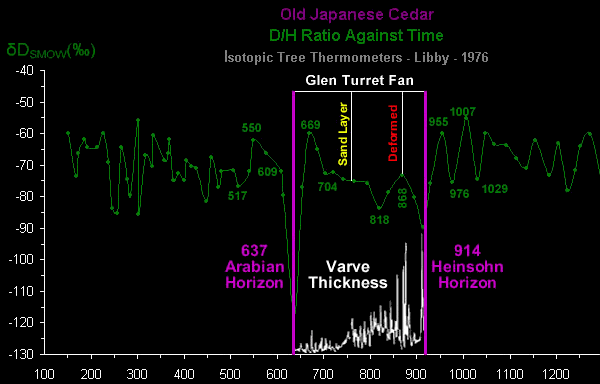
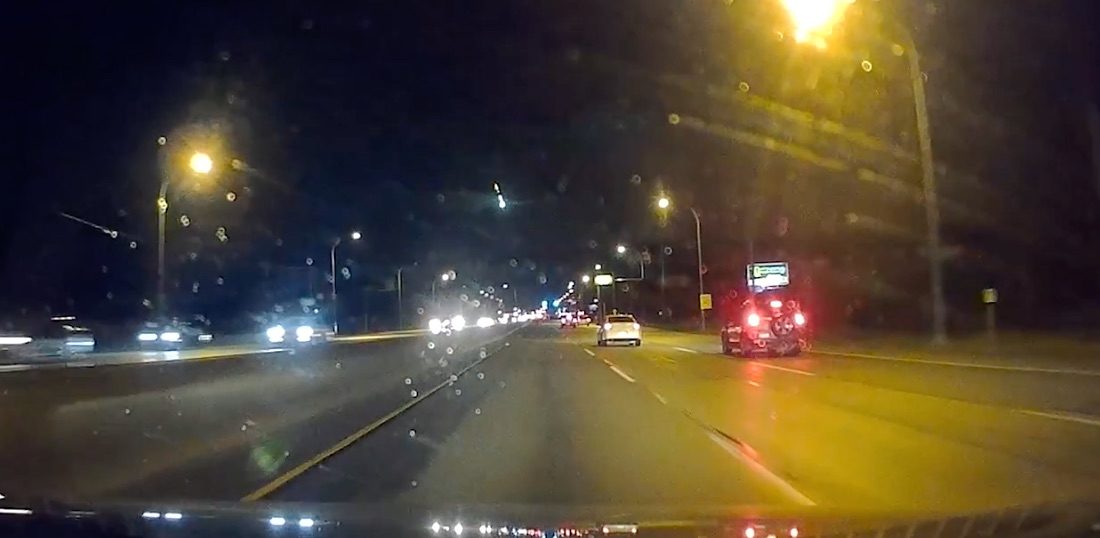

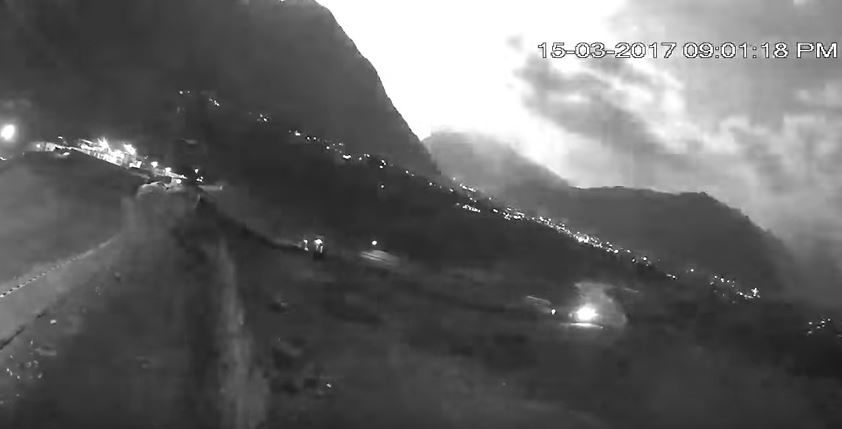
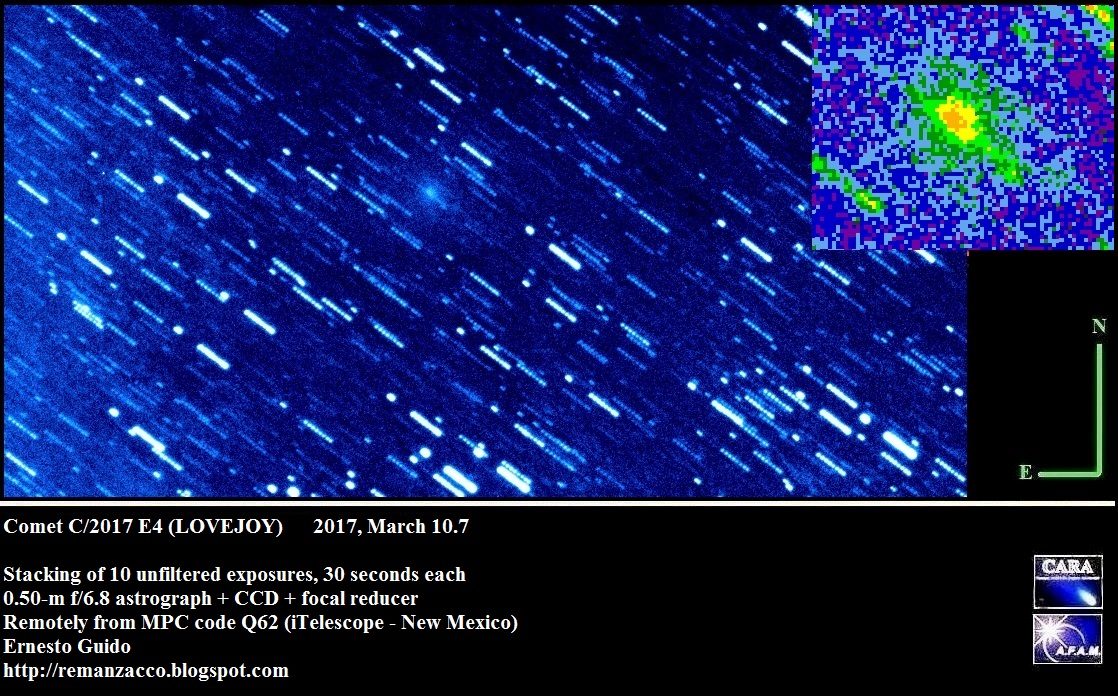
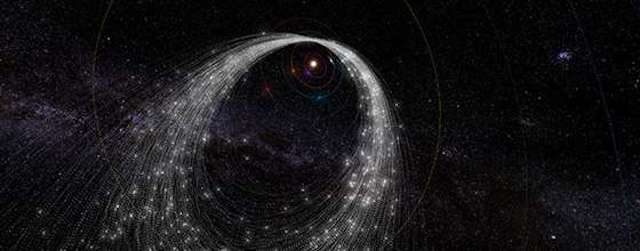
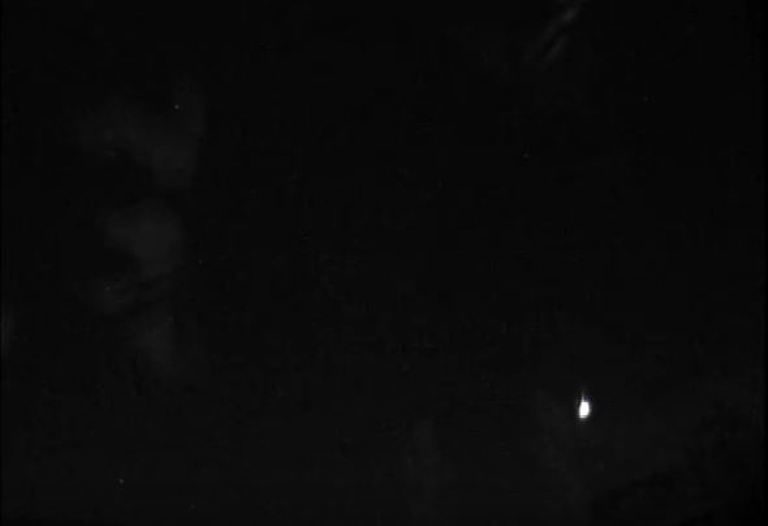
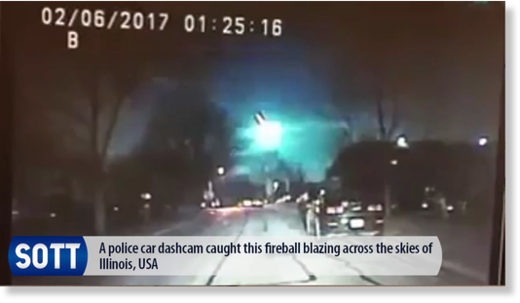
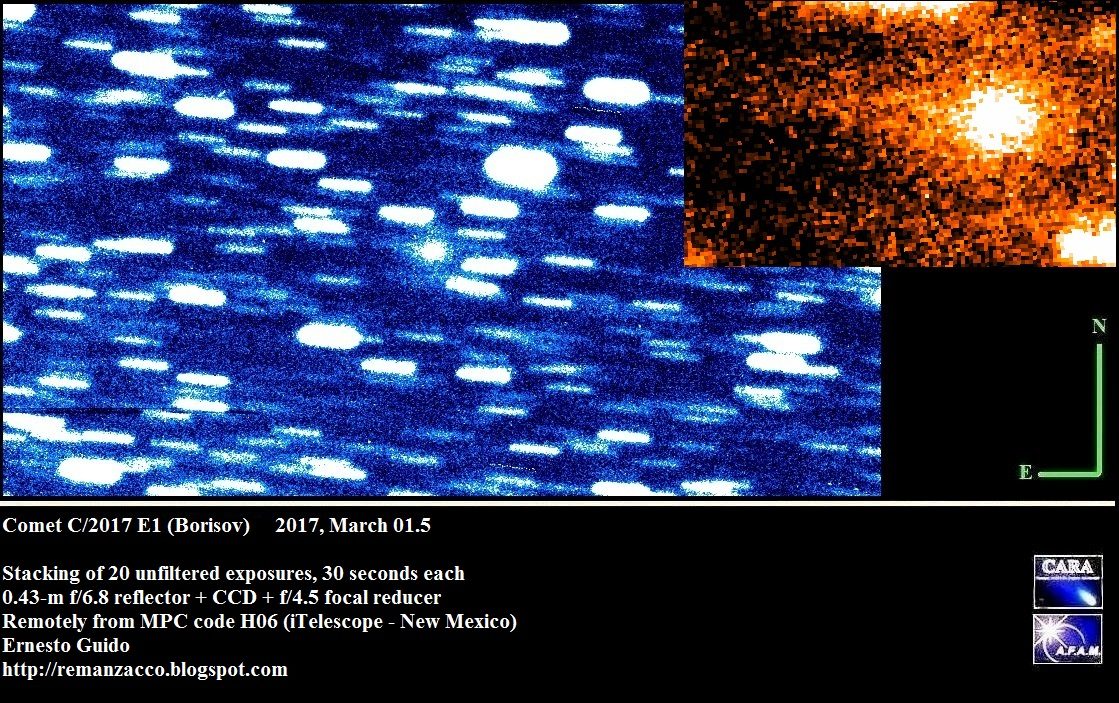
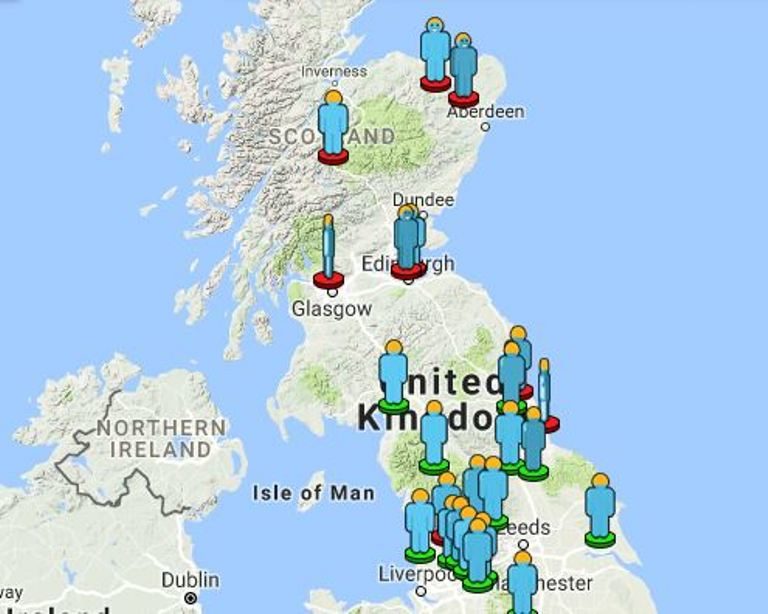



Comment: A meteor was recorded from the same observatory four hours earlier over the Canton Ticino region of Southern Switzerland.